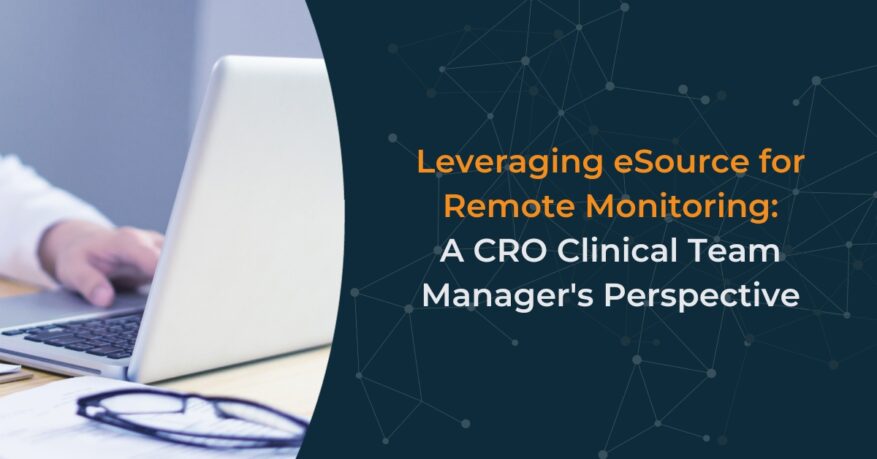CRIO Reduces FDA Audit Risk by Over 70%

The FDA routinely audits clinical research sites, and some of those sites happened to use CRIO eSource on the studies in question. With our broad reach and history as the leading site-adopted eSource solution, we have now established a database of audit results that prove what we’ve known intuitively: CRIO eSource reduces audit risks for sites – by over 70%, to be precise.
Measuring audit risk
To measure audit risk, in November, 2022, we reviewed all FDA inspections from 2021 and 2022 year-to-date from the FDA’s publicly posted database of inspection results for clinical research investigators. Of the 394 inspections, 112 had a result of either “VAI” (Voluntary Action Indicated) or “OAI” (Official Action Indicated) vs. “NAI” (No Action Indicated). Thus, 112 of 394, or 28%, had an indication of action.
To evaluate audit risk for CRIO sites, first, we reviewed this list to identify any named investigators within the CRIO database. Then, we contacted those investigators to confirm whether they were using CRIO eSource on the study that was the subject of inspection. Next, we combined these results with our own internal tracker of FDA audits that our client sites have informed us about (many of our sites seek our support on 21CFR11 questions prior to an audit).
The results
Out of 12 FDA audits conducted at CRIO sites, 1 was VAI/OAI or 8%¹.
This 8% result is 70% lower than the 28% overall finding rate among the general database². The result is large and consistent with other data points we have observed, such as the 38% reduction in protocol deviations experienced by a leading site network that is already known for quality.
While we cannot disclose all of our clients’ individual experiences, anecdotal evidence suggests that auditors view eSource data collection extremely favorably. It provides assurance that sites are building in quality upfront, and creates an audit trail that ensures data integrity. Most importantly, it reduces protocol deviations and has built-in workflows to enhance PI oversight. For a CRIO site owner’s recent FDA audit experience, see this article.
____________________________
¹The one audit with findings had nothing to do with the use of CRIO as a 21CFR11 compliant electronic source system.
²P=.09 vs. null hypothesis that CRIO sites have same rate of findings as general population





